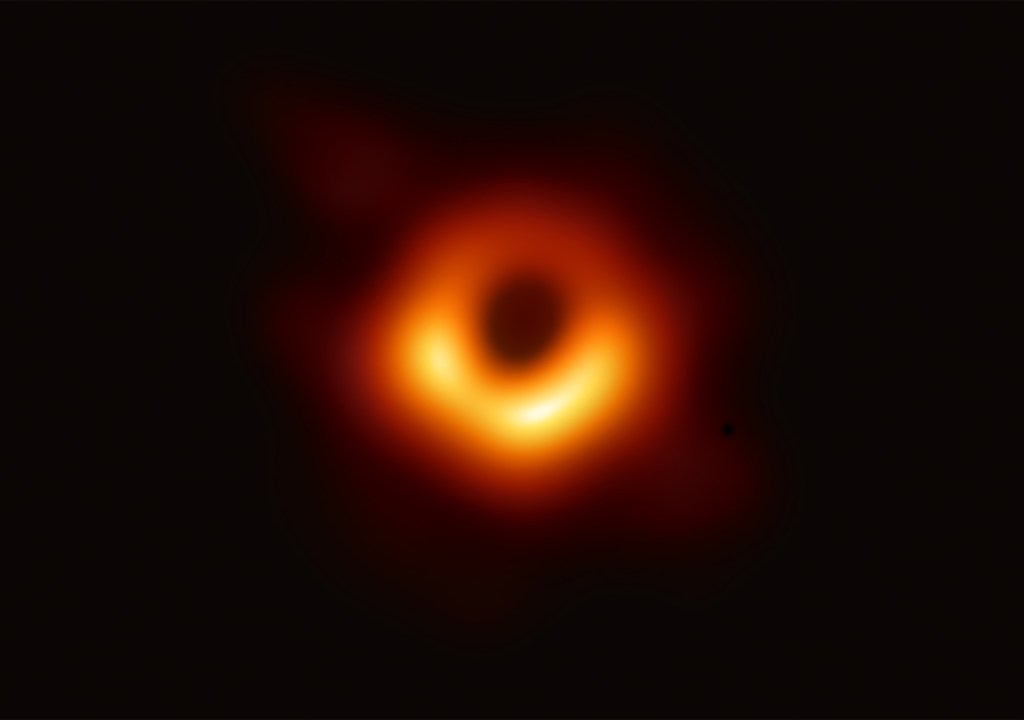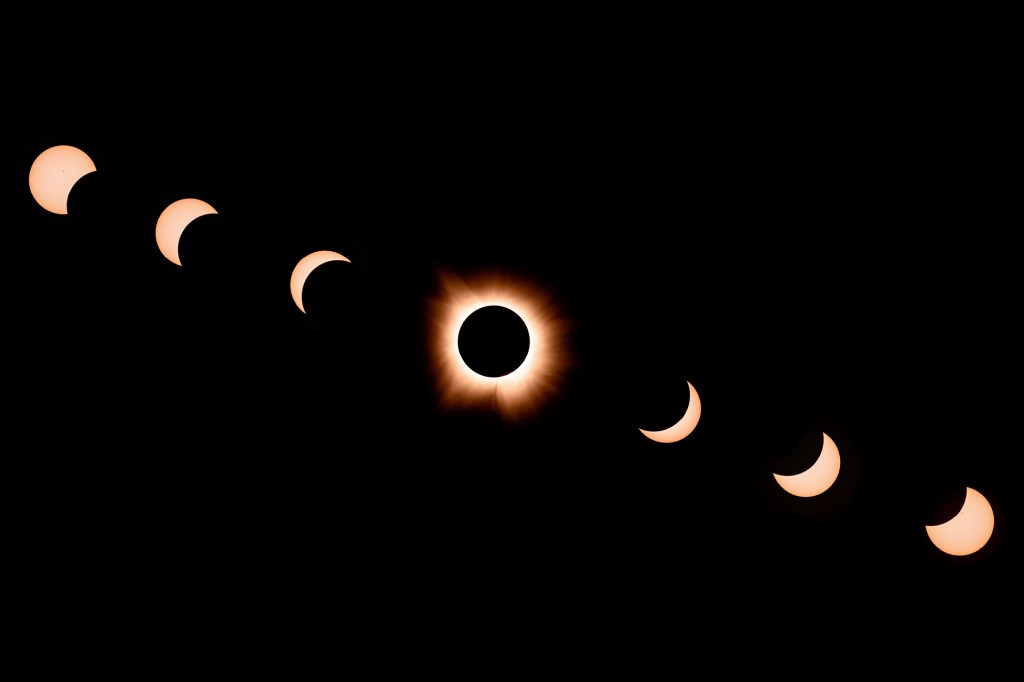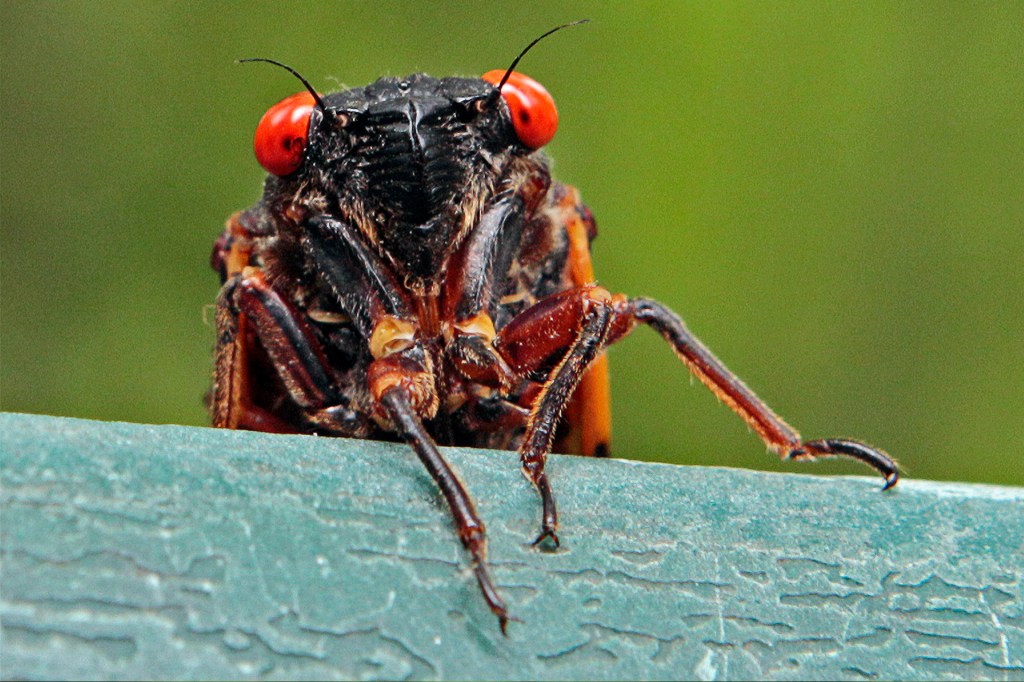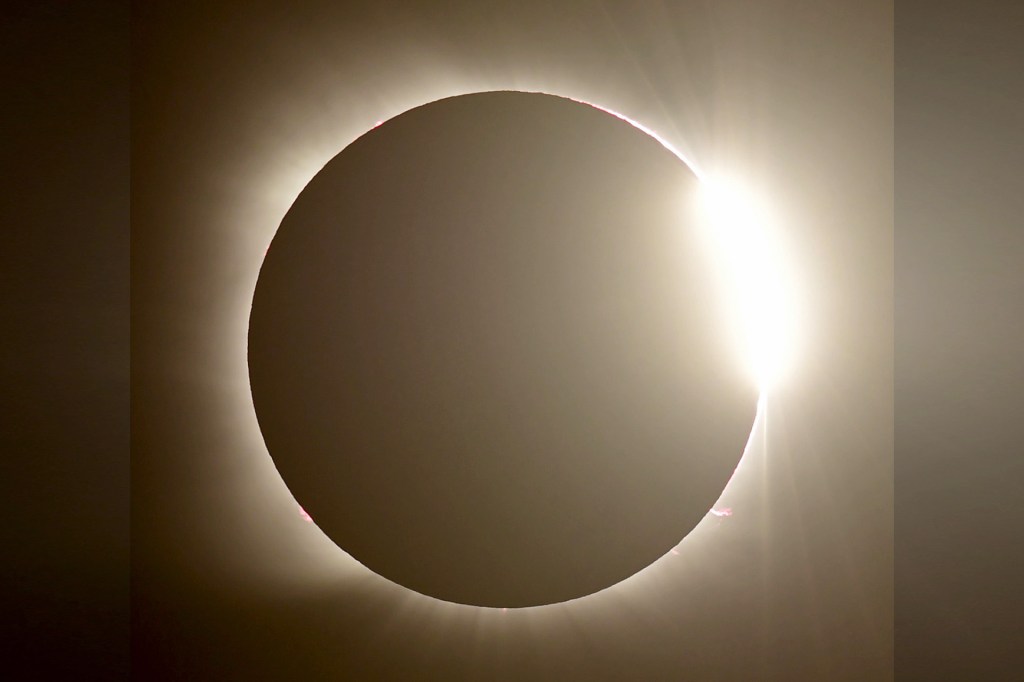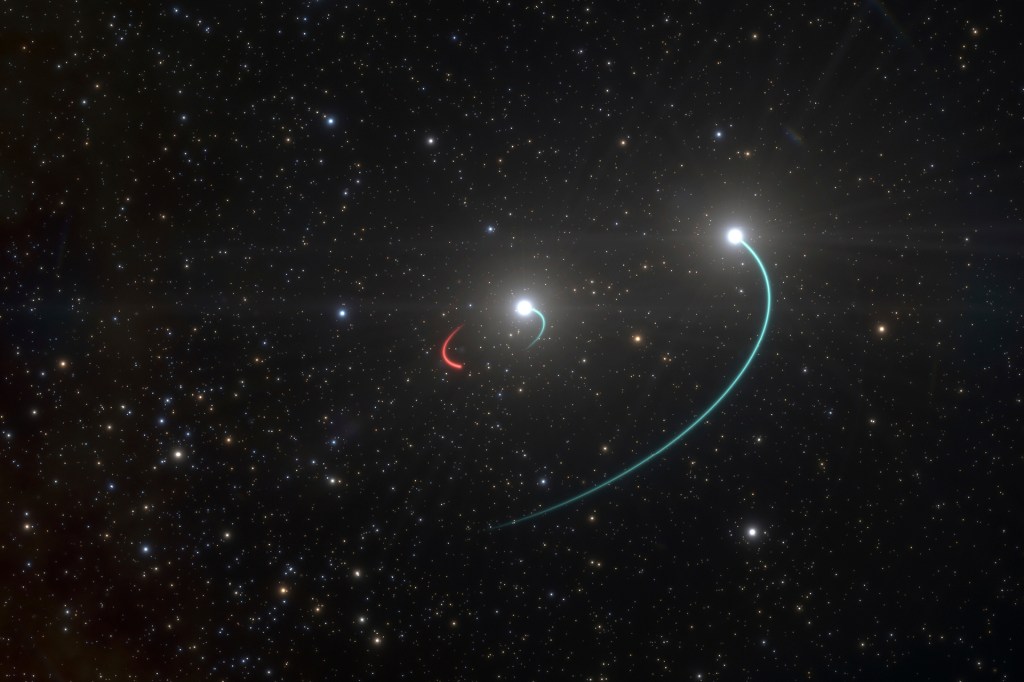
The European Southern Observatory (ESO) announced on May 6 that astronomers have found a black hole that is closer to Earth than any yet discovered.
The object is about 1,000 light-years away. It’s close enough that the two stars nearest to it can be seen without a telescope.
“An invisible object with a mass at least four times that of the sun can only be a black hole,” Thomas Rivinius said in a statement. He led the research, which was published in the journal Astronomy & Astrophysics.
A thousand light-years may not seem close. A light-year is about 5.9 trillion miles. But in terms of our galaxy, this object is in the neighborhood. The next-closest black hole is about 3,200 light-years from Earth.
Black holes are usually the result of stars that have burned out. They are so massive that they have a strong gravitational pull. Nothing can escape this pull, not even light. That’s why we can’t see them. Scientists can only spot black holes because of the objects around them.
The ESO astronomers noticed the stars around the black hole from La Silla Observatory, in Chile. They were studying a two-star system called HR 6819. They watched it for months, mapping the stars’ orbits. The way the stars moved told them something else was there.
Compared with other black holes, this one is small, about 25 miles across. “Washington, D.C., would quite easily fit into [it],” says astronomer Dietrich Baade. He is a co-author of the study. “And once it went in, it would never come back.”
Rivinius says the two stars are about 140 million years old. The black hole itself probably began forming 15 million years ago. Its discovery is the “tip of an exciting iceberg.” There could be more black holes near Earth.
Other astronomers agree. There may be 100 million to 1 billion of these objects in our galaxy. Avi Loeb is the director of Harvard University’s Black Hole Initiative. “It is most likely that there are black holes much closer than this one,” he says. “If you find an ant while scanning a tiny fraction of your kitchen, you know there must be many more out there.”




